CHACO
Centro Cultural de España, Asunción
The spacious Juan de Salazar Spanish Cultural Center in Asunción (Paraguay) hosts the group exhibition “Chaco [contemporary inventions]”, which alludes to the artistic fictions associated to the Great American Chaco region rather than to its geographical, historical and socio-political situation. (This immense region comprises the western half of Paraguay, southeastern Bolivia, and a large part of northeastern and northwestern Argentina).
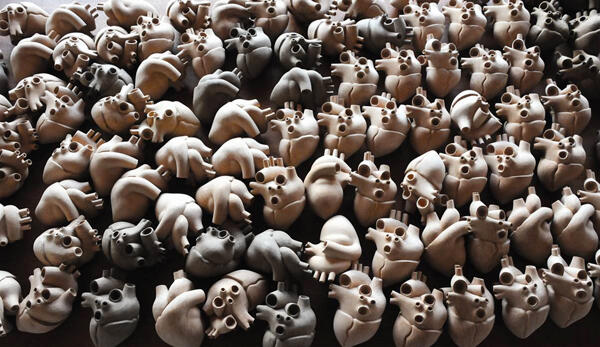
Curated by Adriana Almada, the splendid show addresses key issues and discussions: original territory, indigenous peoples, colonization, immigration, war, fictions, and power maps.
A multidisciplinary exhibition, it gathers together contemporary works confronted with powerful images contributed by late 19th and early 20th century researchers and travelers, such as the Italian artist Guido Boggiani, the French consul Auguste François, and the Czech botanist Vojtech Fric, through the valuable photographic legacy they left behind
Among the contemporary artists, Joaquín Sánchez addresses the Chaco War (between Paraguay and Bolivia, 1932-1935) focusing on human vulnerability, as does Arapy Yegros. The filmmaker Juan Carlos Valdivia addresses an interethnic conflict preceding that war. Fredi Casco recovers a popular syncretic ritual performed every year in an indigenous community.
Guadalupe Miles features images derived from her living with the Wichi in the Salta province Chaco region, and Juan Carlos Meza and Alejandra Mastro capture the landscape as unreal spaces. Ana Ayala bases her inquiries into Chaco’s vegetal formations on Jesuit texts and Simone Herdrich fictionalizes stories of the Amish pioneers. Paolo Herrera produces “a coat for Chaco” as a conjuration against the growing desertification. Also on exhibit are works by the Swiss anthropologist Verena Regehr, the native artist Osvaldo Pitoé, and fragments of photographic essays by Alexandra dos Santos and Juan Britos. However, the curator highlights that “to pretend to know the Chaco is to pursue a shadow. It is always far away, very far away; it escapes like water in a war siesta”.
Victoria Verlichak
-
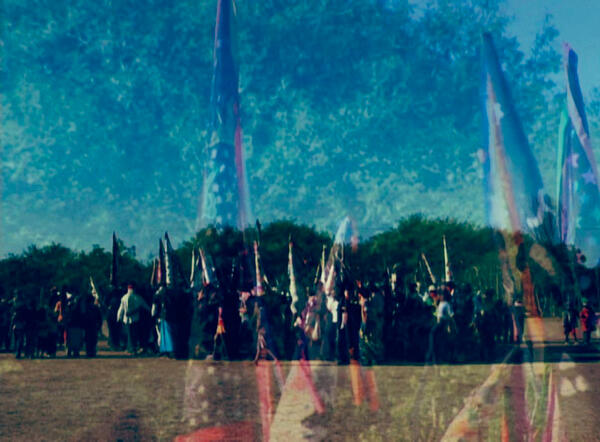 Chaco Fantasma, 2007, Video
Chaco Fantasma, 2007, Video
(Cortesía del artista) -
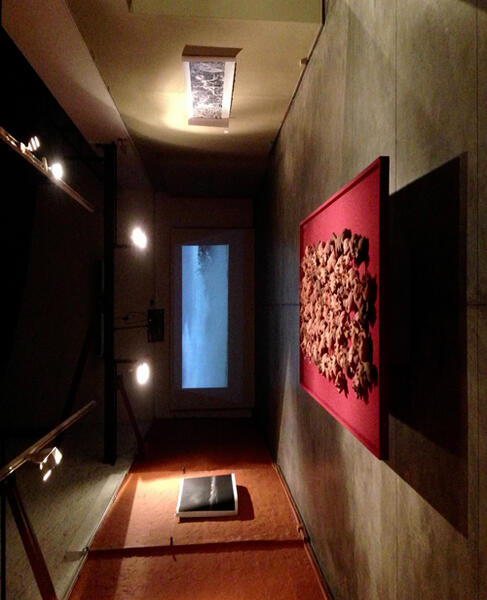 Chaco, Centro Cultural de España, Asunción
Chaco, Centro Cultural de España, Asunción
(Foto: Fernando Allen) -
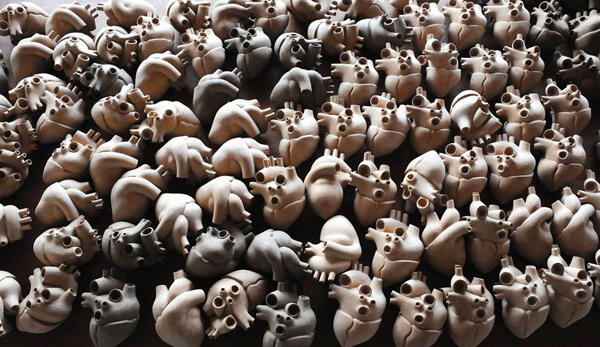 Chaco, 2012. Instalación. 100 corazones tallados en maderas de desmonte del Chaco boliviano.
Chaco, 2012. Instalación. 100 corazones tallados en maderas de desmonte del Chaco boliviano.
Medidas variables. Colección del artista. -
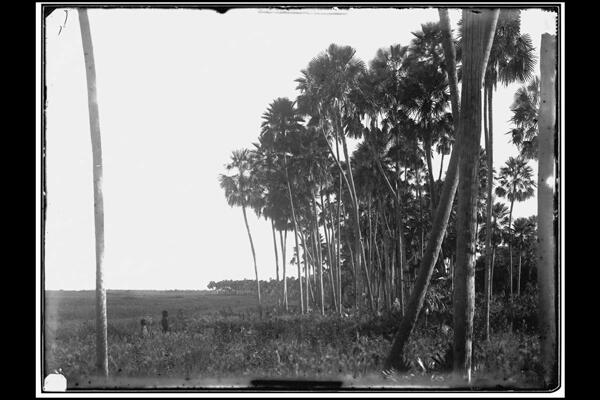 (1861-1901) Palmeto. Puerto 14 de mayo.
(1861-1901) Palmeto. Puerto 14 de mayo.
Slideshow "El viaje de Boggiani".




